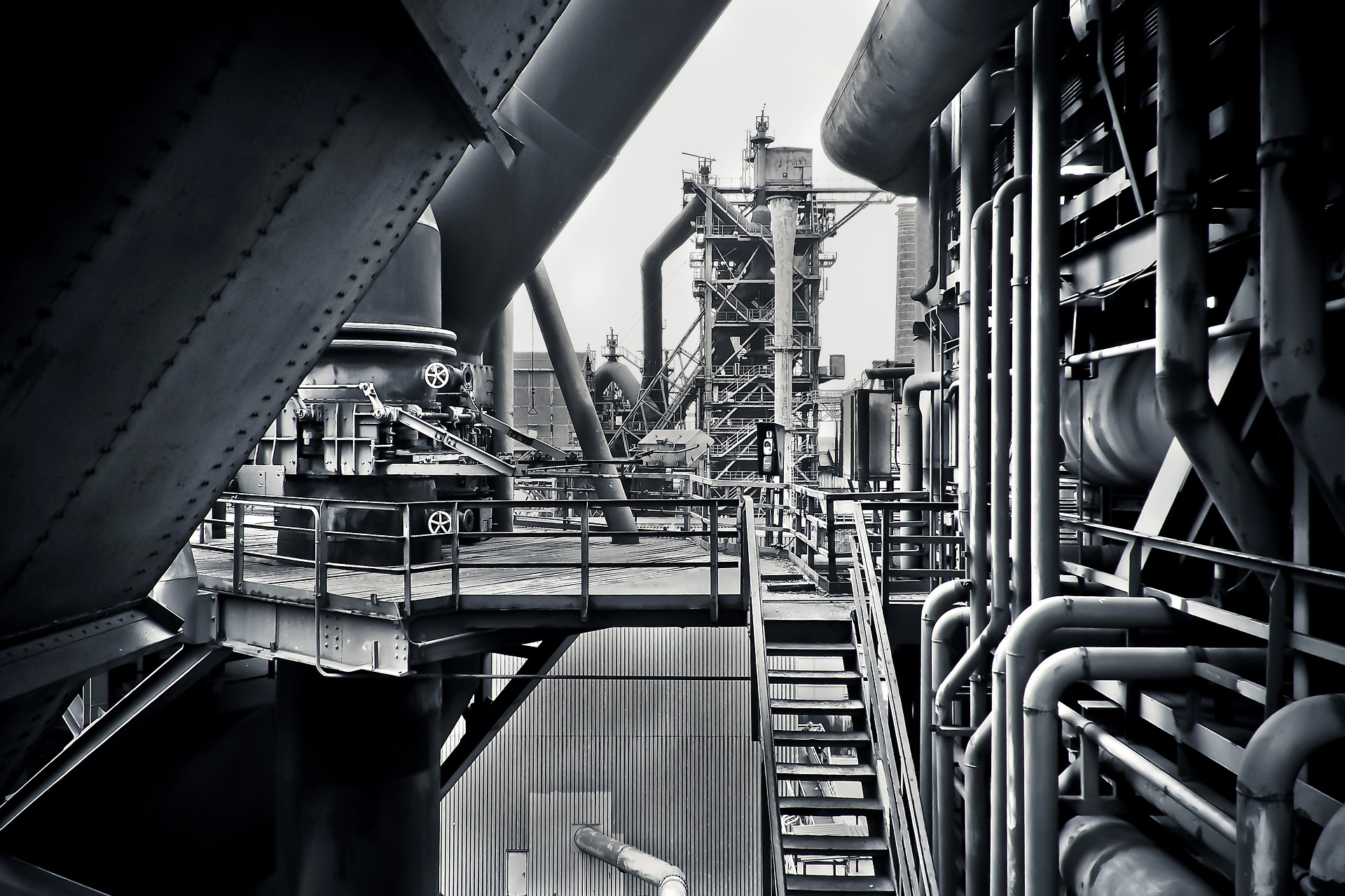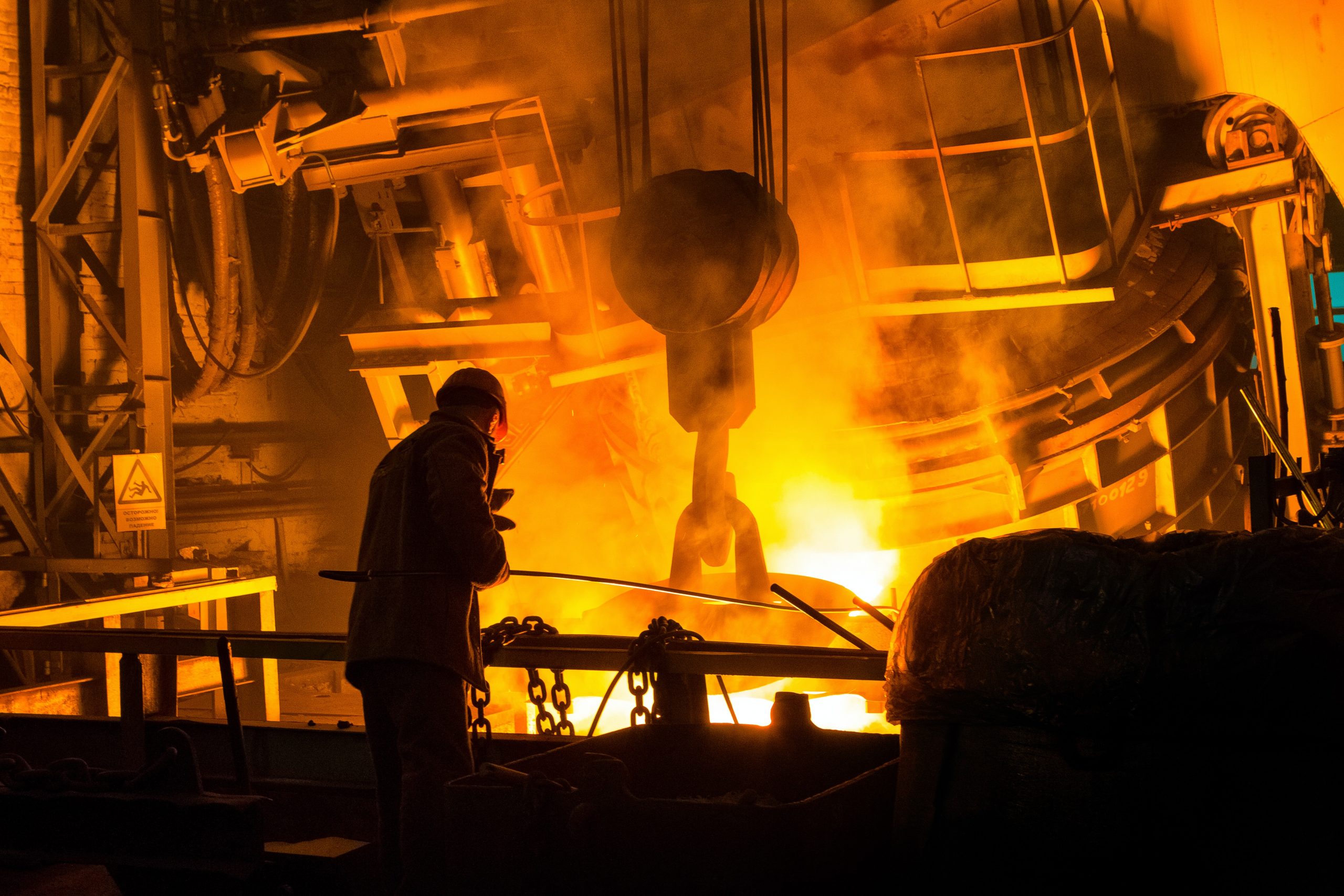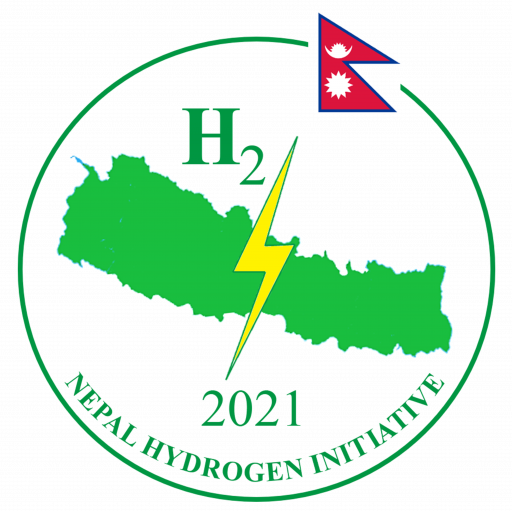The transport sector of Nepal is 99.96% dependent on petroleum products for transportation fuel as of 2019. Diesel consumption has increased by 96% in 5 years from 2014-18. The major demand for fuels is diesel used by heavy-duty vehicles with high payload. The emissions from transportation fleets are toxic, deadly pollutants and carcinogens, these emissions are more numerous in diesel-powered heavy-duty vehicles. In addition to this high level of dependency on fossil fuels and increasing consumption has created a big trade deficit. Electrification of the transport sector is a promising strategy to improve the security of energy supply and reduce harmful emissions to the environment. Battery electric vehicles are better suited as an alternative for light-duty operations whereas Hydrogen fuel-cell electric vehicles are more effective for applications that require long ranges and demand duty cycles with minimum downtime.
Green Hydrogen from renewable energy can power the transportation sector, especially for the heavy-duty vehicle fleet. In order to establish a network of hydrogen heavy-duty fleet, a value chain of hydrogen supply and distribution channels have to be designed, tested for feasibility/safety and implemented. The hydrogen value chain for transportation application is in the figure below.

Other Showcase Projects

Green Hydrogen for
Ammonia Production
Learn More

Green Hydrogen for
Industrial Heat
Learn More

Green Hydrogen for
Re-electrification
Learn More
